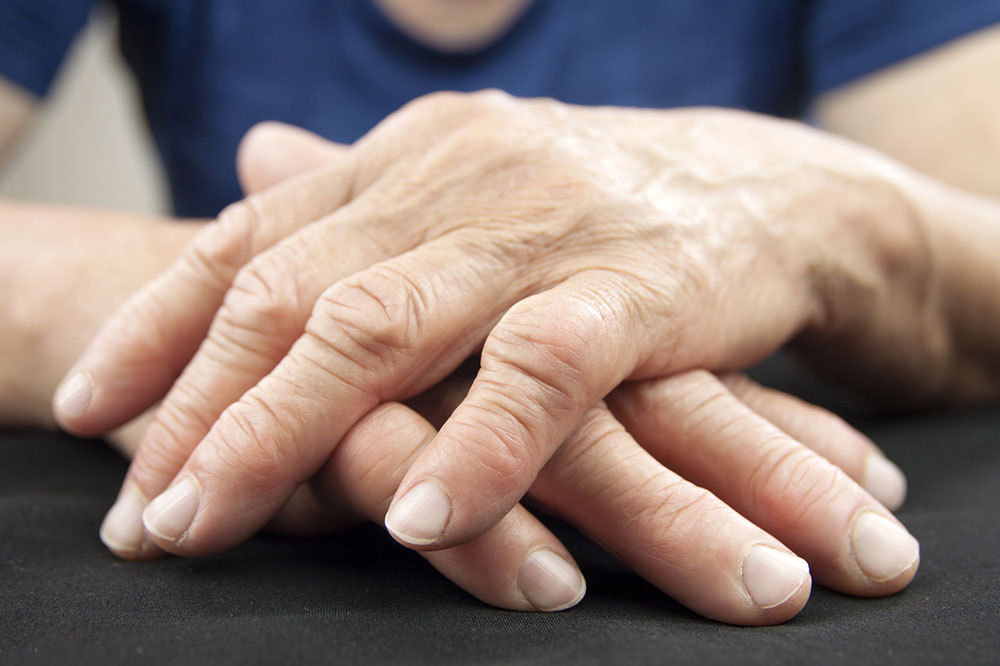
The Worst Cities for Arthritis Patients
People with any form of arthritis know the discomfort and sense of helplessness when even a simple motion ends up being challenging and tiresome. Though there are numerous measures that can be taken to assuage the misery of pain and stiffness, there is one inadvertent solution that can potentially make a world of difference to them; moving away.
The climate and natural setting of a place play a major role in aggravating or alleviating the severity of the disability depending upon a variety of factors. Natural factors, which include average humidity, annual rainfall, annual temperature drop, along with factors like availability and affordability of medical care and qualified support should be taken into consideration for arthritis patients to live and recover.
Here are a few cities that are the worst of the lot.
- Oklahoma
Oklahoma has an extremely humid climate throughout the year, even during its mild winters and scorching summer months with constant and erratic shifts in the barometric pressure recorded in the air. The state has very few qualified doctors and a significantly higher number of patients diagnosed with arthritis and other rheumatic disabilities. In addition to the poor healthcare in the state, the greater-than-average healthcare cost adds to make it all the more a bad choice for arthritis patients to move into. - Wyoming
Wyoming is a considerably large state located in the west and is the most sparsely populated state in the country. Despite being landlocked by states from all sides, Wyoming’s constant temperature has been cripplingly low and unbearable, which is contributed to by the presence of rangelands of the rocky mountains completely on its western half and high elevation prairie lands on its eastern side. As a result, Wyoming can present many physical challenges to people having difficulty with snowy, icy, or cold conditions in general, especially old people with concerning arthritic conditions. The constant low humidity and the chilly air prevailing throughout the year makes it increasingly difficult for arthritis patients year after year, especially in the winters when temperatures run exceedingly low. - South Carolina
South Carolina has the 6th highest rate of arthritis in the nation, with over 1 million in the state diagnosed with the disability. Though the year-round climate of the state is only fairly humid and pleasant; otherwise, the cases of arthritis and rheumatic disorders have gotten unfairly high over the years resulting from a variety of common factors. Obesity is one modifiable yet significant risk factor for related arthritic conditions common in this state. On average, roughly two out of three adults and one out of three children in South Carolina are either overweight or obese. Arthritis establishes itself with certain other chronic diseases among adults, thereby blowing up the risk proportion dangerously high. This prevalence of comorbidity in the arthritis affected strata of the population makes the issue all the more concerning to be dealt with.
Quite a many theories have concluded that moving to a perfect place can make one’s arthritic symptoms subside or at least keep it dormant. But climate and environment alone cannot cure the disability altogether. Moving could be a fine first step to one’s strive towards betterment or recovery from arthritis, the progress of which depends on their respective activities after settling in their ideal expectation of a place.



